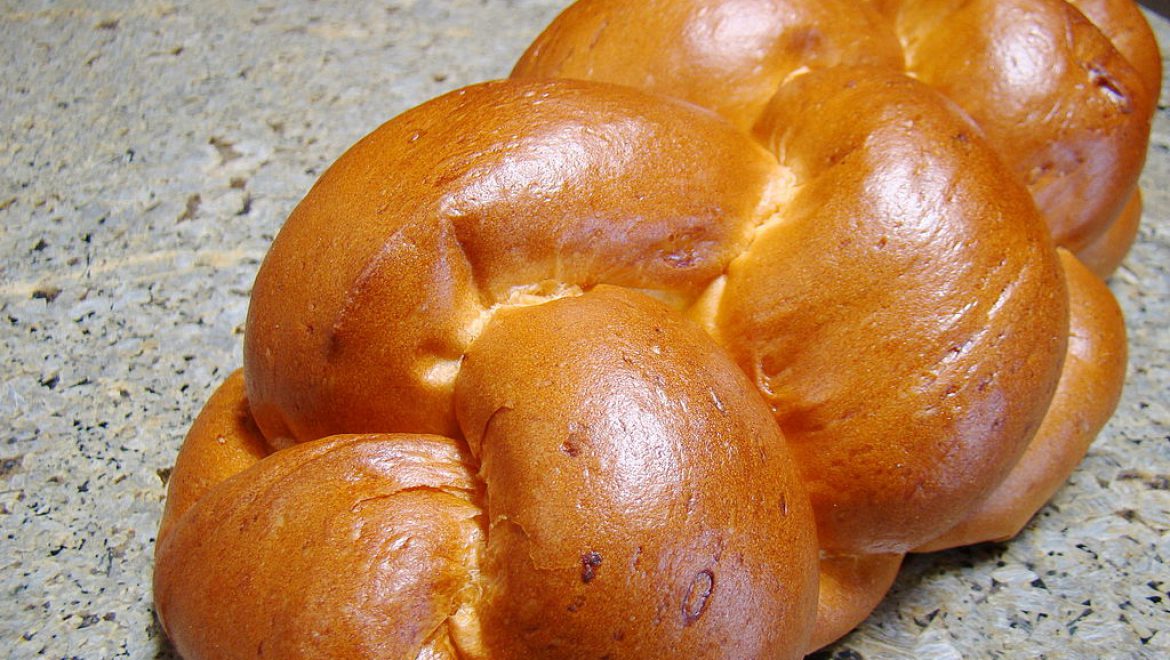
This short post offers a basic overview of the Grace After Meals, including its biblical sources, an explanation of its structure, and links to the full Hebrew, English and transliterated texts of the traditional Ashkenazi blessing.
What is Birkat Hamazon?
‘Birkat Hamazon,’ literally ‘the blessing of sustenance,’ is the Grace After Meals traditionally recited by Jews following any meal which includes bread. (Some authorities call for the recitation of Birkat Hamazon even when a full meal is eaten and no bread is served.) This prayer consists of four blessings, reflecting four different themes of gratitude to the Divine:
- sustenance
- the land (of Israel) and the nourishment that it provides
- the building up of Jerusalem
- appreciation for the good that is present in one’s life
The obligation to recite Birkat Hamazon comes from the biblical passage found in Deuteronomy 8:10:
“You shall eat and be satisfied and bless the Lord your God for the good land which He gave you.”
The actual formula which makes up the four essential blessings, as well as the additional declarations of petition and thanks contained in the text, has evolved over the centuries, beginning in the times of the Mishna and Talmud (200-500 CE). To see the text of the traditional Ashkenazi blessing in Hebrew with an English translation click here, and for a version with the English transliteration and translation click here.


